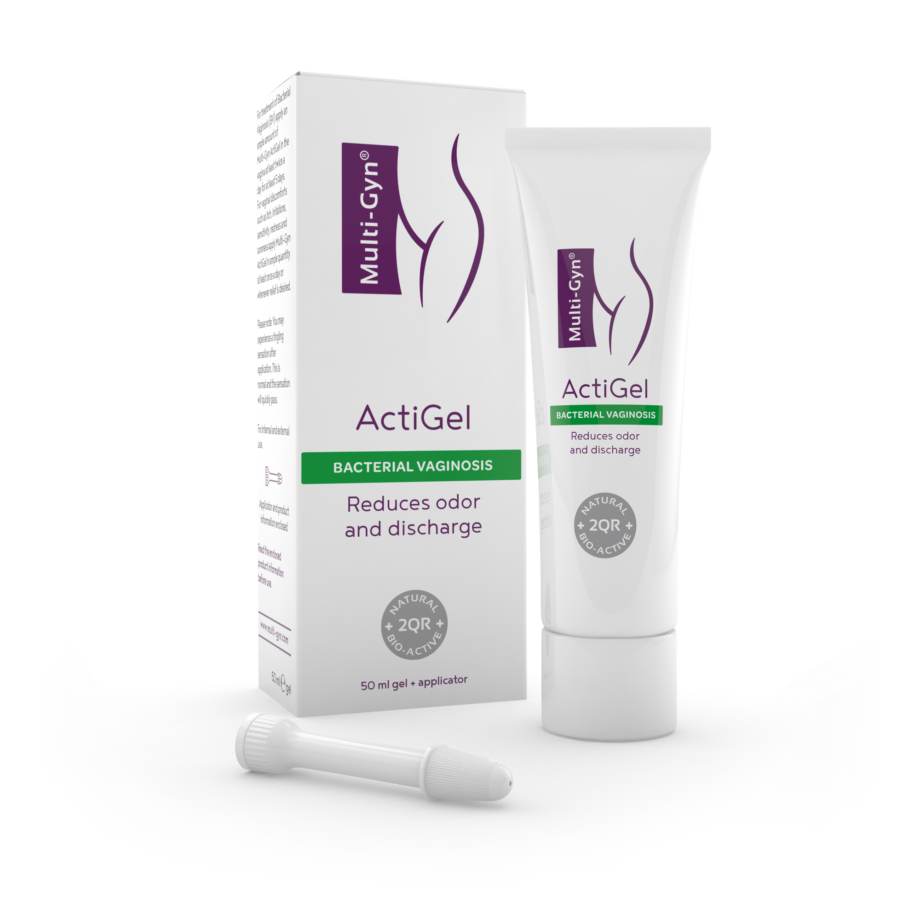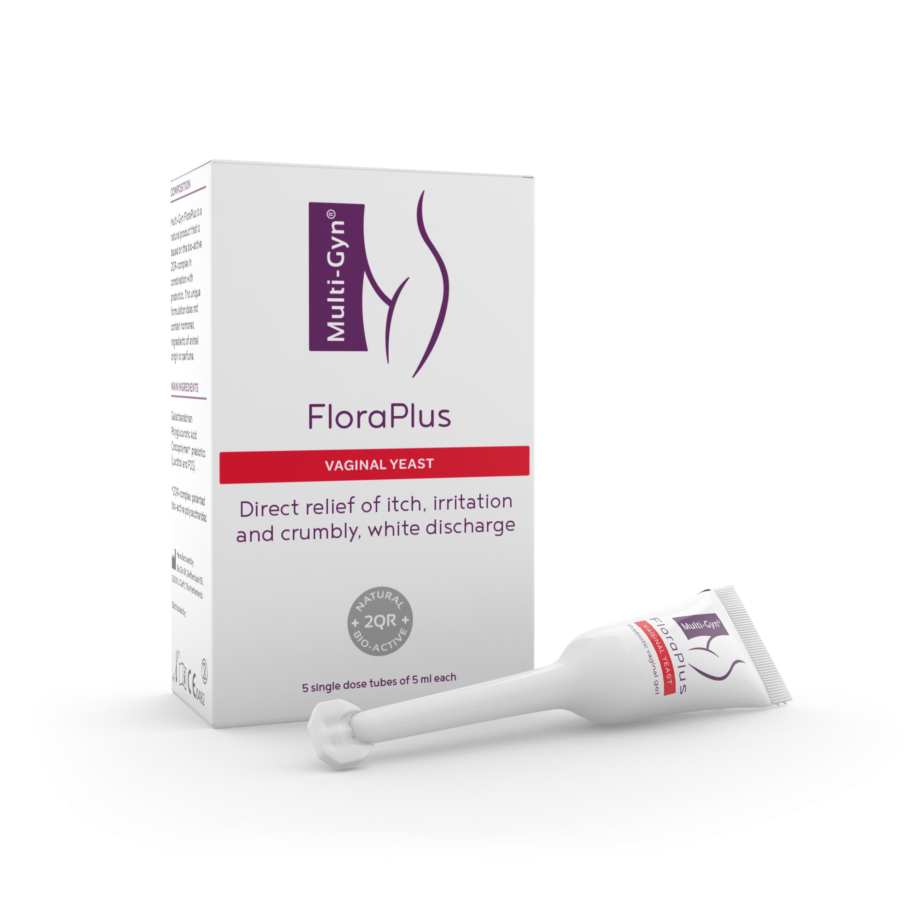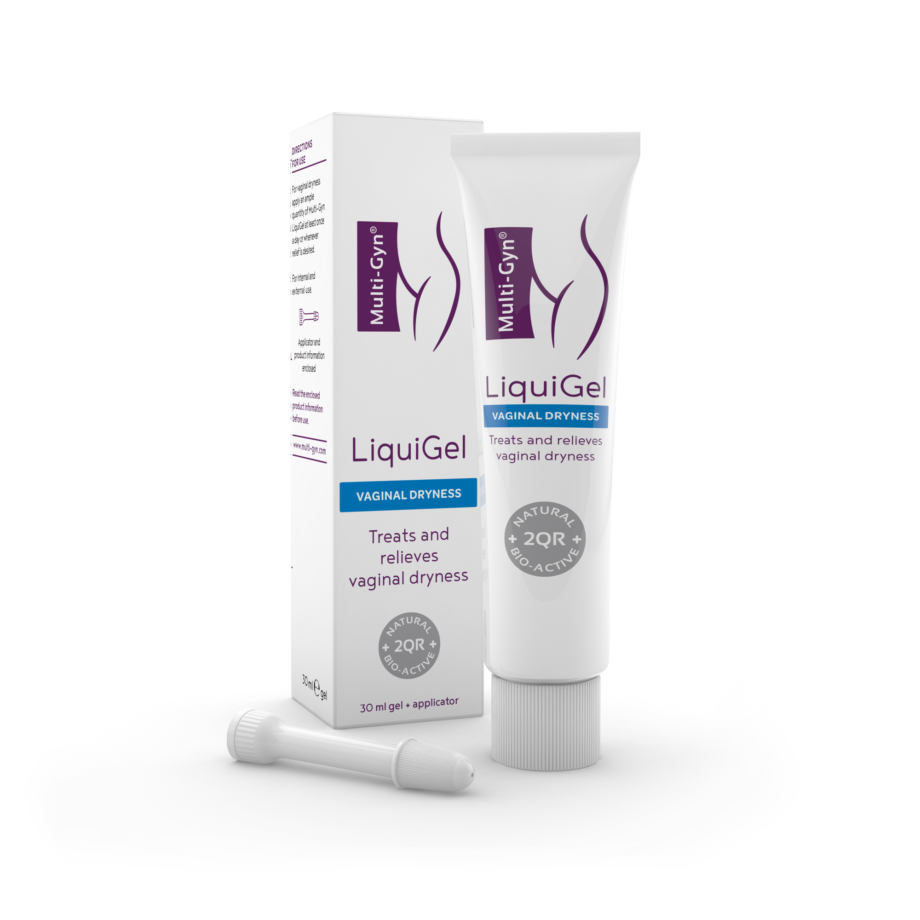Bacterial vaginosis is characterised by a white or grey thin discharge, a strong, fish-like odour, irritation and pain in the intimate area, and occasionally itching and redness.
Have you ever wondered what your vagina smells like?
Every woman is different: we have different skin tones, hair colour, nail strength, and we all smell different. A healthy discharge will usually have a weak smell, and can be thick or thin, more or less abundant, depending on the monthly cycle and current hormonal balance. By paying close attention to our normal discharge we can learn to predict our ovulation or menstruation periods. Not only that, but we will also be able to recognise symptoms (such as unusual changes of colour, increased quantity of discharge or a strong fish-like odour) and will know how to describe them when talking to our doctor or gynaecologist.
What does a strong, fish-like odour mean?
A healthy vaginal flora mainly consists of good bacteria (known as lactobacilli), but it may also contain low amounts of bad microorganisms. They are kept under control by several factors in the vagina: the low pH, antimicrobial substances produced by the vaginal lining or by the lactobacilli. Lactobacilli usually keep these conditions constant, but sometimes external agents (antibiotic therapy, alkaline semen, incorrect vaginal hygiene) or internal factors (hormonal changes) can disrupt this balance and cause an overgrowth of bad bacteria, which results in a vaginal infection and discomfort. One such condition is called bacterial vaginosis and is characterised by a white or grey thin discharge, a strong, fish-like odour, irritation and pain in the intimate area, and occasionally itching and redness. As a consequence of the bacterial imbalance and reduction in lactobacilli counts, the pH of the vaginal environment becomes less acidic.
What should you do if you experience these symptoms?
Bacterial vaginosis can be a mild condition, often self-contained, which can clear up after some time, but in some cases (pregnancy, immunodeficiency etc.) it can have more serious consequences. The doctor will assess your case and prescribe the right therapy, which may include antibiotics. The alternative to antibiotics is to use natural based products, which restore the pH of the vagina, as Multi-Gyn ActiGel , and allow the good bacteria to reinstate the balance of the flora in the vaginal environment.

Multi-Gyn ActiGel
Treats bacterial vaginosis (BV)

Multi-Gyn FloraPlus
Treats vaginal yeast symptoms

Multi-Gyn LiquiGel
Treats and relieves vaginal dryness
Want to know more?

Read article
Everything you should know about bacterial vaginosis
Bacterial vaginosis is one of the most common vaginal infections. Learn more about the symptoms, causes and treatment!

Read article
Difference between bacterial vaginosis and a yeast infection
Bacterial vaginosis and a yeast infection are the most common vaginal infections. Learn more about the differences in causes, symptoms and treatment!

